The Science of Burnout
Burnout has been studied for decades, and yet it continues to rise.
Physician wellness is not a mystery. The science is clear.
What we have is a gap between what we know and what we do.
This reflection began as a request from an ER physician client who is preparing a talk for her colleagues about wellness.
She has no experience in physician wellness, except as an ER doctor who wants to help herself and her colleagues.
Isn’t it interesting that when it comes to wellness and burnout, the expectation is not to bring in experts to give talks? Instead, we ask physicians with no expertise in the area to research it themselves and share their learnings.
As someone who has been leading physician wellness since 2002, I am often asked: What really works?
The most effective strategies for reducing burnout are not personal—they’re structural.
Systemic solutions are critical. Reducing clerical burden, improving EHR workflows, increasing schedule control, decreasing pace and patient care volumes, having reasonable human expectations, and cultivating responsive and supportive heart-centered leadership are essential to reducing emotional exhaustion and enhancing retention.
These aren’t luxuries—they’re evidence-based interventions that work.
They are still often sidelined in favor of easier, more visible “wellness” offerings.
Lifestyle medicine is foundational for physicians and patients
Sleep, movement, mindfulness, connection, and nourishment matter. Physicians must perform under challenging conditions and need to be in optimal health to do so in the long term.
Sleep deprivation is the strongest predictor of burnout in residents. The impact of physical activity and nutrition on focus, resilience, stress reduction, and emotional well-being is well-established for all humans.
The basics of lifestyle medicine support brain health and decision-making. I want physicians with healthy brains and optimal decision-making capacity.
It's why I include sleep, rest, mindfulness, yoga, walking, stress reduction, forest bathing, sound healing, and plant-forward culinary medicine, and human connection as foundational components of my retreats.
In the medical culture, what is scientifically known to improve the health of our patients is often viewed as optional for physicians.
For burnout and retention crisis to change, this has to change.
It will only change if we change our behavior and the expectations we have of ourselves and others.
Mindfulness and Coaching Create Sustainable Change
Mindfulness-Based Stress Reduction (MBSR) has been demonstrated in randomized controlled trials to enhance emotional regulation and decrease depersonalization.
Coaching—especially when provided by trained coaches (not peer support, psychologists, or therapists)—enhances purpose, clarity, engagement, and quality of life.
Coaching has been studied in RCTs where it has been shown to reduce burnout and improve the quality of life for physicians.
Coaching and mindfulness are not fringe tools.
They help physicians and patients achieve better health and greater life fulfillment.
This is why effective coaching programs for physicians, like the ones I offer at Pause & Presence, are accredited for real CME.
What Doesn’t Work
Most of what we label as “wellness” falls short of our expectations and the system's needs.
Gratitude walls, lunchtime yoga, surveys, and wellness dashboards are well-meaning, but they are insufficient in addressing the needs of physicians working in medicine today.
Many wellness interventions focus on optics rather than impact.
Many wellness programs focus on things that sound good but don't last- spa treatments, ski weekends, and fancy dinners.
Many planners of wellness events allocate budgets to enticing locations and food, rather than transformative programming.
Also concerning is the trend I have written about, "medicalizing burnout"—as if it were a pathology to treat rather than a cultural distress signal to heed.
A sustainable path forward requires BOTH personal and institutional accountability.
Effective wellness must be layered:
System-level change to reduce unnecessary burden and increase support.
Human connection through consistent teams, human connection and support, and time to debrief.
Coaching and mindfulness to create personal insight and aligned choices.
Foundational lifestyle habits that nourish both body and mind.
None of these are separate silos—they’re interdependent complex practices that support the whole physician.
As much as we would like our institutions to take on the burden of making these happen, it has become clear that this is unlikely to occur in the short term.
I am an advocate for taking care of yourself and advocating for change from a place of strength, rather than from a place of victimhood. This is why I do what I do.
It works.
Wellness Is a Culture, Not a Checklist
If we are committed to true wellness in physicians, we must stop outsourcing it.
Physicians know what health looks like—and what it feels like.
What is needed is a cultural shift that views physicians as whole, human beings.
This shift will only begin when we see ourselves—and each other—this way.
This is the work I do in virtual coaching and on retreats.
These spaces are not escapes; they’re opportunities to reconnect with what matters most—and to lead change from within.
It’s where real conversations unfold, and new patterns begin.
Wellness isn’t a program or a policy—it’s a way of living and leading.
When we are each well, we don’t just survive—we can help guide medicine toward healing.
This is why coaching, mindfulness, and lifestyle medicine have such a significant impact.
Coaching, mindfulness, and lifestyle medicine enable us to advocate effectively for systemic change, establish clear personal boundaries, and foster a healthy culture.
